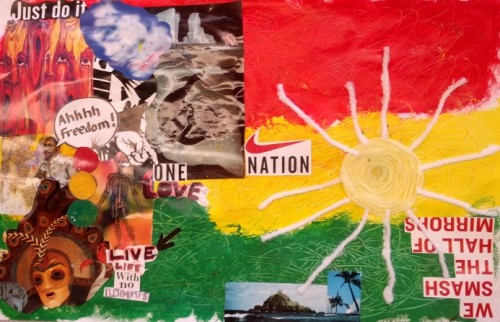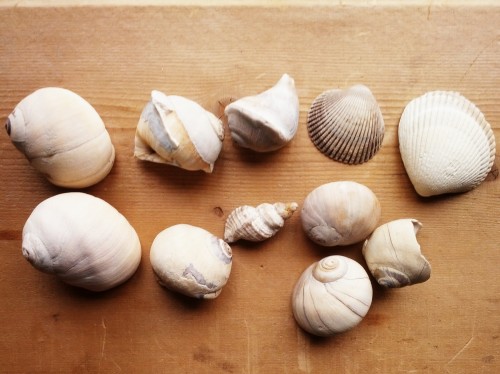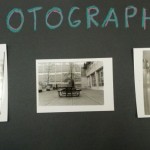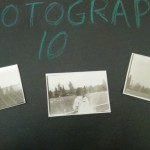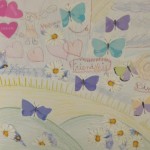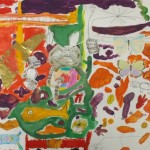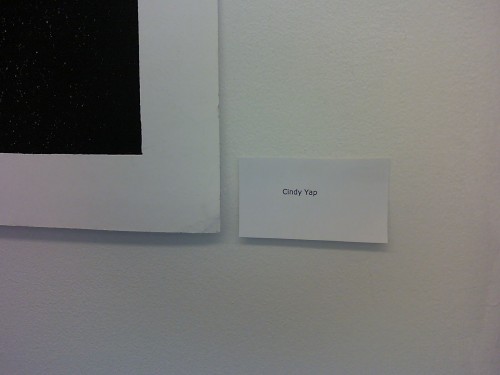
With one more month left in this program, I am left pondering about what to do after August. I reflect on the reason why I entered this teaching program, my experience in this program, and what my heart is telling me to do. I am feeling excited that I all of this hard work will lead me to a professional certificate. It’s been an extremely challenging year but one that has taught me so much about myself and what I value in my life.
Why I became a teacher
I wanted to become a teacher because I was interested in guiding students through life by making positive life decisions. I wanted to use my experience and interpersonal skills to influence them to study hard, believe in themselves, and find success in their struggle through adversity. There are so many things that I did not know as a young teenage girl in high school that I wish I knew that I know now. I wanted an older role model who could take care of me and share with me their wisdom and reassure me that things will be OK. I worried a lot in high school and was extremely stressed because of it. I think I would have benefited from talking to an adult who has been through it to just tell me that I will be just “fine”.
This desire to work with youth to influence them in a positive manner continues to burn within me. I know that I am very capable of forming strong, mentor-like relationships with my students which is extremely rewarding. I enjoy the fact that my hard work can help students succeed and possibly inspire them to further pursue studies in the field of interest. To see students smile and show pride in their work is the best compliment I can receive as a teacher.
To be a teacher or not to be
After the long practicum and the CFE, I realize that I flourished as a teacher when I was interacting with students who were passionate about art making. Students who did not want to be in the art room or thought of the course as an “easy” slack class were harder to motivate. This is the case for nearly all other subject areas but I believe that I will enjoy the smaller classroom setting where I can work one on one with students more. When I worked with the Special Needs classes, I found myself more engaged with each one of them because the class was more intimate. I also had to “nurture” them a bit more than my “regular” class and this aspect I also enjoyed as well. Before I applied to the teaching program, I was working in post secondary institutions with students. My interest in working in this line of work is similarly rooted in my passion to help students. When I step out of these doors, I will be open to a variety of jobs that are teaching related or student related. I am not going to limit myself to the public or private education systems and will be curious about jobs within other areas of work. For me, I will just take time to travel and figure out how I want to continue inspiring young people to reach their educational and life goals.
